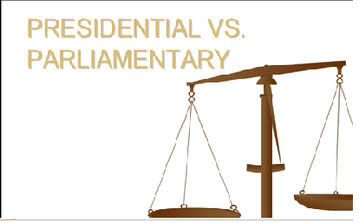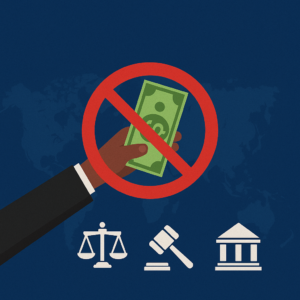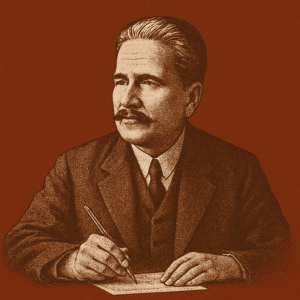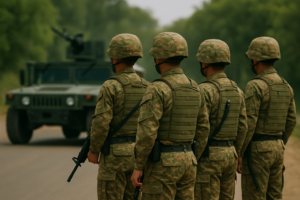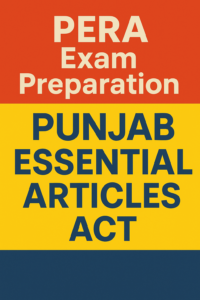1. Basic Structure
- Presidential System: The President is both the head of state and government, elected directly by the people (e.g., United States, Brazil, Nigeria).
- Parliamentary System: The Prime Minister is the head of government, while the President/Monarch is a ceremonial head of state (e.g., United Kingdom, India, Pakistan).
2. Separation of Powers
- Presidential: Clear separation of the executive, legislature, and judiciary. The President is independent of parliament.
- Parliamentary: The executive (Prime Minister and Cabinet) emerges from the legislature and remains dependent on parliamentary confidence.
3. Stability of Government
- Presidential: Fixed tenure of the President ensures political stability, but can also lead to gridlock if legislature and executive are from different parties (U.S. example).
- Parliamentary: Governments can collapse due to no-confidence motions (e.g., Pakistan’s frequent government changes, India’s coalition instability in the 1990s).
4. Accountability
- Presidential: Accountability is weaker during the fixed term since the President cannot be easily removed except by impeachment.
- Parliamentary: High accountability—Prime Minister must answer to parliament daily and can be removed anytime by majority vote.
5. Speed of Decision-Making
- Presidential: Decisions are often slower because of checks and balances. Example: U.S. Presidents often struggle to pass bills if Congress is divided.
- Parliamentary: Faster decisions because executive and legislature are aligned. Example: UK’s quick approval of Brexit-related laws.
6. Representation of People
- Presidential: Direct election of President reflects the will of the majority but may ignore minorities.
- Parliamentary: Coalition governments often represent broader social groups (e.g., Germany’s coalition model, India’s multi-party inclusiveness).
7. Corruption and Misuse of Power
- Presidential: Strong executive authority can lead to dictatorship tendencies (Latin America’s history of authoritarianism).
- Parliamentary: Frequent political bargaining can cause corruption, patronage, and weak governance (Pakistan’s political instability is an example).
8. Examples of Successful Models
- Presidential Success: United States (stable democracy since 1789), Brazil (democratic consolidation since 1985).
- Parliamentary Success: United Kingdom (stable parliamentary democracy), Germany (efficient coalition-based system).
- Failures: Many African and Latin American states with presidential systems slipped into dictatorship; Pakistan, Bangladesh, and Sri Lanka often faced instability in parliamentary setups.
9. Which System Works Better for Pakistan?
- Pakistan has tried both systems:
- Presidential-like (under Ayub Khan, Zia, Musharraf) → strong central control but drifted into authoritarianism.
- Parliamentary (current model) → democratic representation but unstable due to corruption, dynastic politics, and weak institutions.
- Experts argue Pakistan needs a hybrid model: stability of the presidential system + accountability of the parliamentary system.
10. Conclusion
- Presidential System provides stability, clear leadership, and strong executive power but risks dictatorship.
- Parliamentary System provides representation, accountability, and flexibility, but in Pakistan’s case, it often leads to instability.
- For Pakistan, the best way forward may be to reform the parliamentary system by strengthening institutions (Election Commission, Judiciary, Accountability bodies) rather than fully shifting to a presidential model. This would balance democracy with stability.
- Parliamentary countries: UK, India, Pakistan, Japan, Germany.
- Presidential countries: USA, Brazil, Mexico, Nigeria.
- More successful overall: UK, Germany (parliamentary), and USA (presidential).
- For Pakistan: A reformed parliamentary democracy is safer than a pure presidential system.
In the case of Pakistan, a Presidential System could prove to be a better option because it ensures strong, stable, and decisive leadership. Unlike the parliamentary system, where governments frequently collapse due to no-confidence motions, shifting alliances, and dynastic politics, the presidential model provides a fixed tenure that prevents political instability. It also establishes a clear separation of powers, minimizing interference between the executive and legislature—something Pakistan struggles with due to coalition politics. Moreover, in a country where corruption and family-based politics dominate, a directly elected president would represent the will of the entire nation rather than a single party or province. This system has worked successfully in countries like the United States and Brazil, where executive authority allows for quick decision-making and implementation of policies. Given Pakistan’s history of unstable parliamentary governments, the presidential system could bring continuity, accountability to the people rather than parliamentarians, and stronger governance, which are essential for national progress.
📍 English Language Educator | Blogger & Content Strategist | 7+ Years in Educational Blogging
Nosheen Bashir is a dedicated English teacher and experienced blogger with over seven years of expertise in content creation and educational writing. Passionate about language, literature, and effective communication, she combines her teaching experience with blogging skills to create insightful, research-backed content that helps learners and educators alike.
🔹 Expertise & Achievements:
✔ English Language Education: A skilled educator with years of experience in teaching English grammar, literature, and communication skills to students of varying levels.
✔ Educational Blogging: Running a successful blog for 7+ years, delivering well-structured, engaging content on language learning, writing techniques, and academic success.
✔ SEO & Content Strategy: Specializes in creating high-ranking, authoritative articles that follow Google’s EEAT principles, ensuring content that is both informative and search-friendly.
✔ Student-Centric Approach: Committed to making English easier, engaging, and accessible, helping readers and students improve their language proficiency.
🚀 With a passion for teaching and writing, Nosheen Bashir is dedicated to crafting educational content that empowers students, teachers, and language enthusiasts worldwide.

